The Calgary Flames have played home games in the symbolic Saddledome since 1983. Since its completion, the ‘Dome has been acknowledged for changing the way the world looks at Calgary’s picturesque western skyline. Not many think much of it anymore, but that million-dollar view is about to undergo a fairly significant change.
Calgary’s BMO Event Centre has entered its next phase of construction, so with the upgrades means the disappearance of the first home of the Flames in Calgary when the team arrived from Atlanta, the Stampede Corral. This is all part of a development that will see Stampede Park completely re-imagined. (From ‘End of an icon, Stampede Corral walls to come down next week,’ Calgary Herald, 12/02/20)
Work to Be Done
Work to demolish the 70-year-old barn and transform the land surrounding the building has been ongoing since 2019, and project leaders announced Wednesday that a major wing in the project, “Hall F” is now complete.
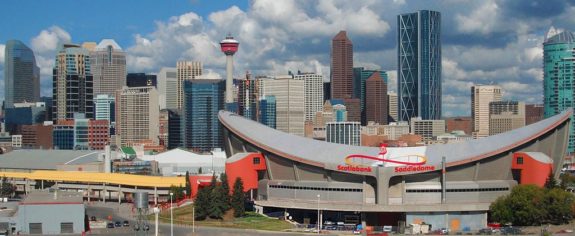
Now that the new wing is completed, the final phase of tearing down the Corral, as well as the giant yellow plus 15 walkway that connects the Victoria Park/Stampede train station to the Saddledome can make some significant headway. The reason behind the demolition of one of Calgary’s most iconic ice surfaces and event centers is simple. The city is in a major transitional phase of redeveloping Stampede Park, which will see $500 million injected into the expansion of the BMO Centre.
This makeover will change the way Calgarians experience entertainment, as the aging Saddledome and Corral cannot even begin to compete with the way today’s modernized arenas put on a show. Once completed in 2024, the BMO Centre will be western Canada’s largest event centre.
History of the Corral
The Stampede Corral has hosted many great events over the decades. Yes, it was the home of the Calgary Flames for their first three campaigns following their relocation from Atlanta, but it was also used for hosting wrestling, rodeos, dog shows, and concerts. It was completed in 1950, and its total construction cost resembles that of a house in 2020. $1.25 million dollars was its final price tag.
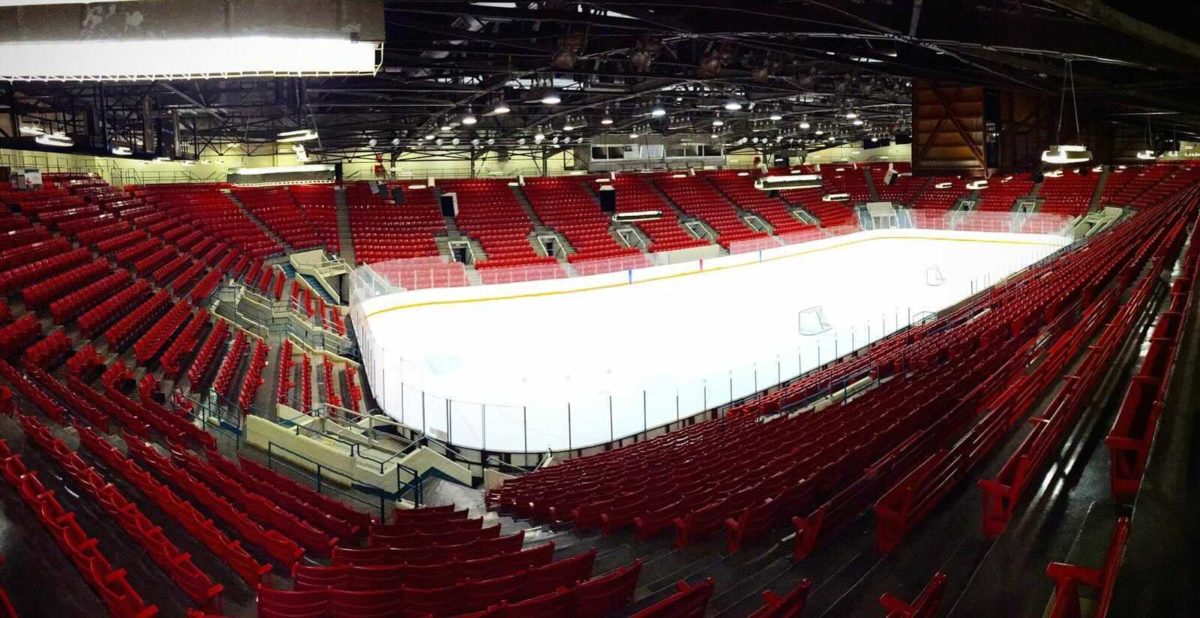
When it was built, the Corral was considered the largest arena in Canada west of Toronto. Just like the Saddledome, it was built to please every spectator in the house, as it did not feature support columns inside the seating bowl. Support columns are typically frowned upon because they obstruct the view of those who are seated behind one.
You’ll Be Missed
With just a 7,475-seating capacity, the Corral was never considered a major league facility, but when former Flames owner Nelson Skalbania moved the team north, he didn’t have a lot of time to plan. 48 hours after Skalbania had bought the Flames, over 11,000 ticket requests poured in from Calgarians for the Corral that held nearly half of that at the time. This signified that the team would need a new arena, and fast.
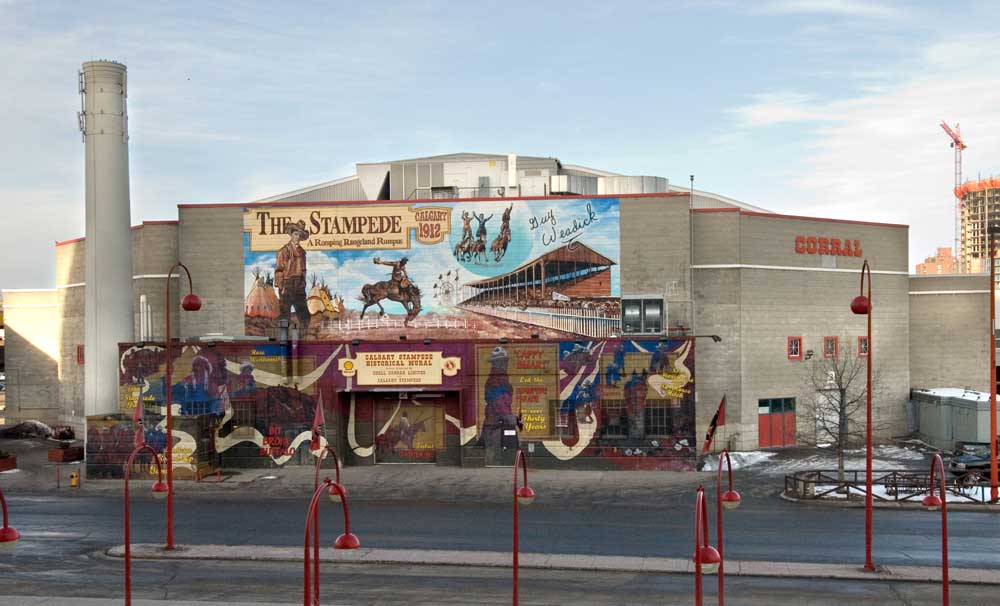
If the Flames hadn’t played in the Corral, their current home, the Saddledome, may not be what it is today. The Saddledome’s challenging 3-acre roof which happens to be the largest free spanning concrete roof in the world, took cutting edge precision, time, and detail to complete.
A major cost overrun and a delay on the completion date of the Saddledome meant the Flames stayed longer in the Corral than previously expected. The extended stay was no issue at all, as the Corral served the Flames very well during their short three-year stint under its roof.
The old barn’s low roof and small seating bowl provided a sense of comfort and a feeling of being close to the action. One neat feature, and slight design flaw, was the fact that the players had to actually walk through the spectator concourse to get from the ice to the dressing room, and back, giving fans an experience like no other.
Memories of the Corral Live On
Even though the last time NHL action was played on its frozen surface was April 18th, 1983, many who have grazed through the Corral’s walls will tell you that their memories of the half-demolished building remain vivid. Current Flames fan and former Albertan living in British Columbia, Steve, says he enjoyed his time inside the building.
“My friend had season tickets to the Flames in 1980-81. ‘Reserved Standing Room’ was painted along a rail, and your seat number was painted on the concrete floor. We made tripod folding stools so we could sit and lean on the rain. I also remember a ton of concerts. Jethro Tull, Deep Purple, Fleetwood Mac, and The Eagles to name a few.”
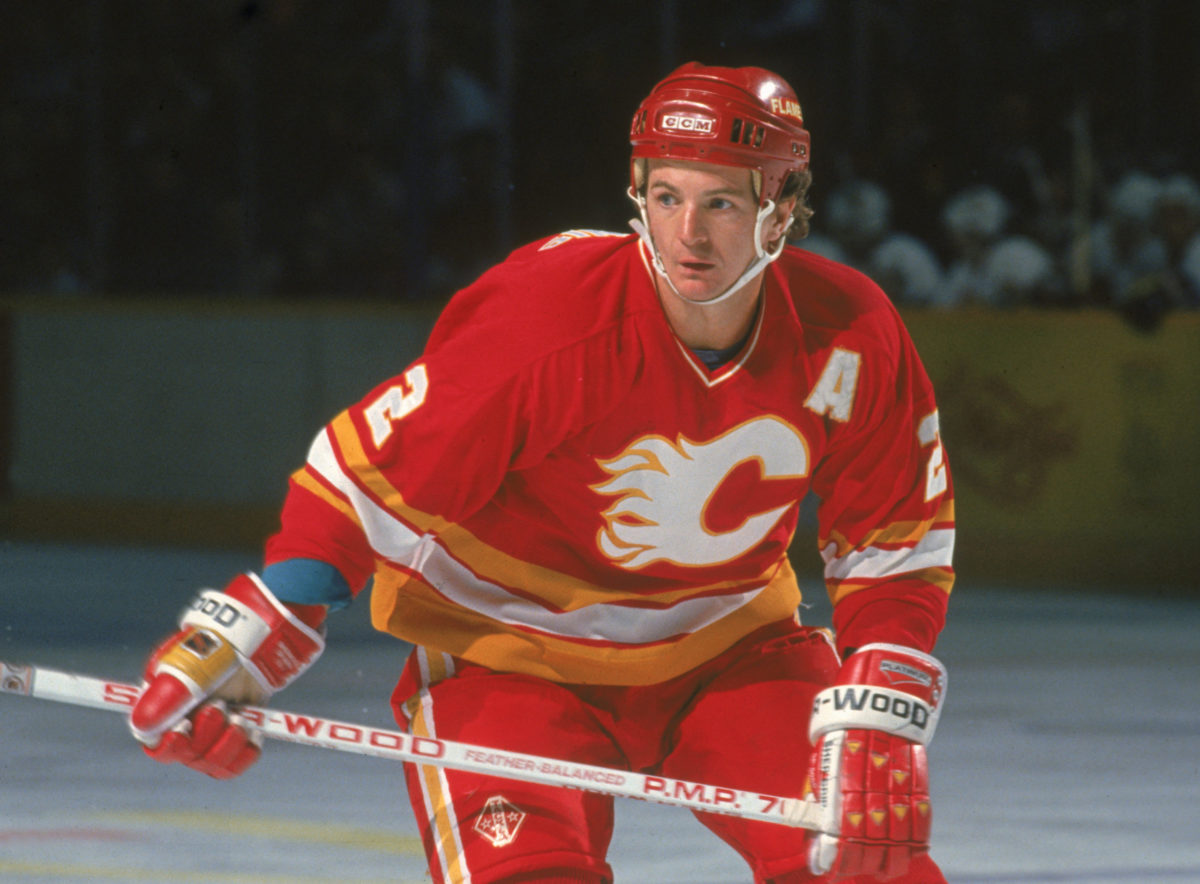
Another huge Flames fan, Dean McCord, still remembers the first game the Flames ever played in Calgary at the Corral. “For me, I was just a young kid when the Flames first came to Calgary. I do however remember that day in 1980 when the Flames played the Quebec Nordiques in the very first game at the Corral. It’s a day any Flames fan will never forget, and as they say, the rest is history. There will be many memories to cherish. It’s sad to see it go but I believe it was too much to maintain. Now what’s really going to be weird to see is when the Saddledome is torn down.”
What’s Next?
Economic recovery is imperative for the city of Calgary and the province of Alberta. With the crippling economic landscape in Alberta due to the decline of oil and gas and the Covid-19 pandemic, Calgary will need to get aggressive and serious when it comes to its approach to tourism and how to build revenue. With the demolition of the Stampede Corral, Calgary should see an immediate spike in revenue due to the increase in scheduled acts and events at the BMO Centre and the new NHL arena, which will replace the deteriorating Saddledome.
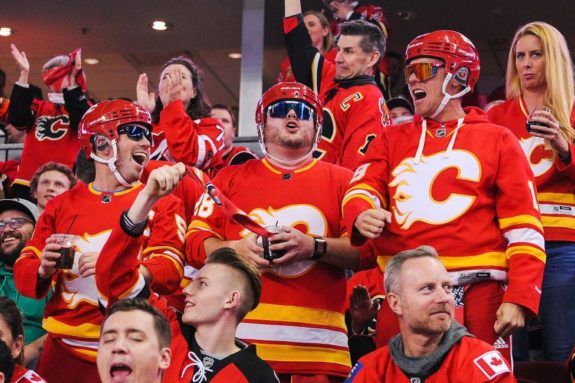
Seeing the BMO Centre start to take shape in becoming a state-of-the-art venue for public events, as well as the Flames’ new arena set to break ground in August of 2021, Calgarians are now feeling a unique sense of optimism, one that hasn’t been felt in years in Cowtown.
It surely will be a culture shock when photos are taken of Calgary’s beautiful skyline without the Stampede Corral, and soon to be the Saddledome. Locals can only hope the design team slated to hash out the new designs for the Flames’ next home will be as memorable as the Corral and Saddledome.